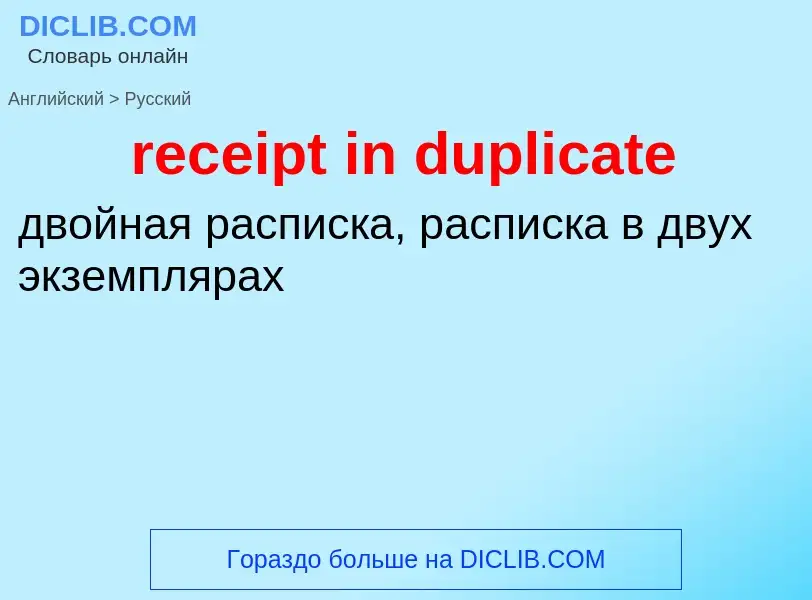Translation and analysis of words by ChatGPT artificial intelligence
On this page you can get a detailed analysis of a word or phrase, produced by the best artificial intelligence technology to date:
- how the word is used
- frequency of use
- it is used more often in oral or written speech
- word translation options
- usage examples (several phrases with translation)
- etymology
receipt in duplicate - translation to russian
Definition
Wikipedia
Unicode has a certain amount of duplication of characters. These are pairs of single Unicode code points that are canonically equivalent. The reason for this are compatibility issues with legacy systems.
Unless two characters are canonically equivalent, they are not "duplicate" in the narrow sense. There is, however, room for disagreement on whether two Unicode characters really encode the same grapheme in cases such as the U+00B5 µ MICRO SIGN versus U+03BC μ GREEK SMALL LETTER MU.
This should be clearly distinguished from Unicode characters that are rendered as identical glyphs or near-identical glyphs (homoglyphs), either because they are historically cognate (such as Greek Η vs. Latin H) or because of coincidental similarity (such as Greek Ρ vs. Latin P, or Greek Η vs. Cyrillic Н, or the following homoglyph septuplet: astronomical symbol for "Sun" ☉, "circled dot operator" ⊙, the Gothic letter 𐍈, the IPA symbol for a bilabial click ʘ, the Osage letter 𐓃, the Tifinagh letter ⵙ, and the archaic Cyrillic letter Ꙩ.)

.jpg?width=200)
